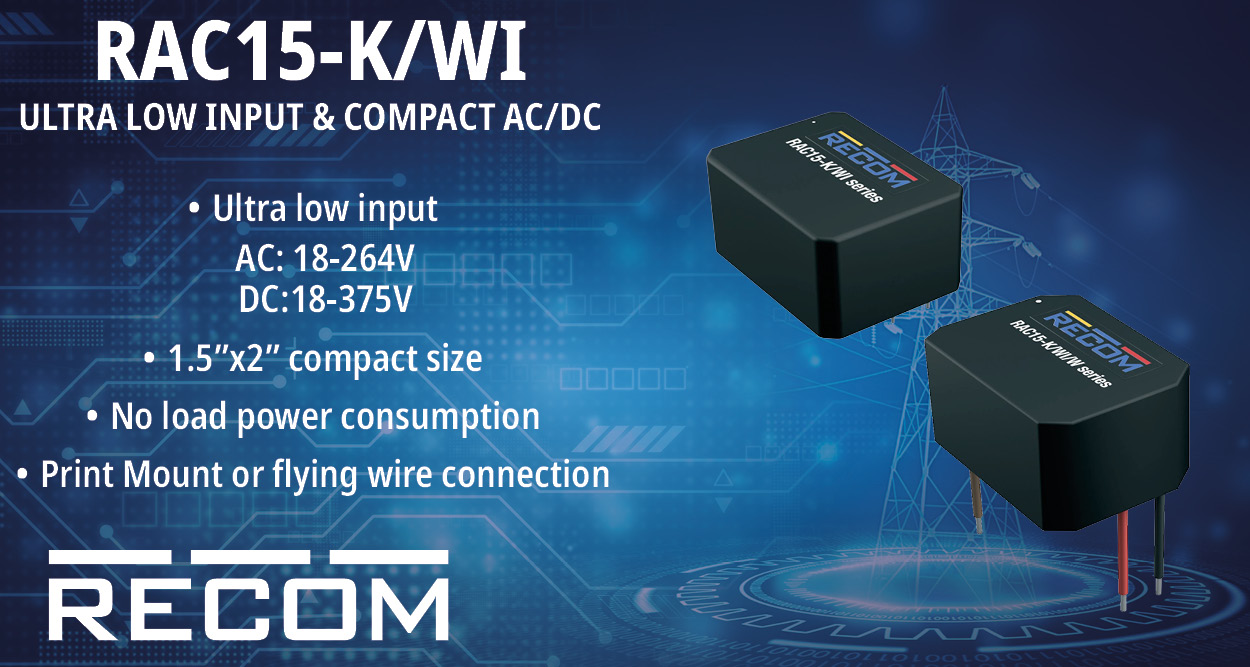In today’s tech-driven world, power electronics is the invisible force behind everything from electric vehicles to renewable energy systems. But what really brings these systems to life is the software running behind the scenes. Power electronics software is where smart control, efficiency, and performance converge, making modern energy systems faster, cleaner, and more reliable than ever before.
Power Electronics Software: An Overview
Power electronics software is specialized programs and tools used to design, simulate, control, and optimize power electronic systems, such as inverters, converters, and motor drives. It enables engineers to model system behavior, test performance under various conditions, and implement control algorithms for efficient power conversion and management. This software is essential in applications including electric vehicles, renewable energy, industrial automation, and smart grids.
Key Components and Features
As power electronic systems become more advanced and widespread, the software supporting them must be equally capable. From early-stage design to final deployment, each feature plays a vital role in ensuring performance, efficiency, and safety.
Real-Time Control Systems: Enable the implementation and tuning of control algorithms (such as PID, FOC) in real-time. These systems ensure precise control of voltage, current, and motor speed in dynamic environments.
Embedded Software and Firmware Development: Custom code developed for microcontrollers and digital signal processors (DSPs) that control power electronic devices such as inverters, converters, and motor drives.
Fault Detection and Protection Systems: Software-driven systems that monitor for over-voltage, over-current, temperature spikes, and short circuits, ensuring safety and reliability.
Code Generation and Deployment: Automatically converts control models into deployable code for embedded hardware, speeding up development and reducing errors.
Data Logging and Analytics: Track system performance over time, helping in predictive maintenance, efficiency optimization, and root-cause analysis.
Integration with IoT and Cloud Platforms: Enables remote monitoring, firmware updates, and analytics through internet-connected systems, allowing for smarter grid and energy applications.
Quick Facts
The power electronics software market was valued at USD 2.92 billion in 2024 and is projected to grow at a CAGR of 8.90% from 2025 to 2034. This growth is driven by the rising adoption of electric vehicles and the increasing integration of AI and machine learning into power electronic systems.
Benefits of Power Electronics Software
As modern power systems become increasingly complex and demand greater efficiency, power electronics software plays a crucial role in ensuring that devices operate safely, reliably, and with optimal performance. From speeding up design cycles to enabling real-time control, the benefits of using specialized software extend across the entire lifecycle of a power electronic system.
Faster Design and Prototyping
Power electronics software allows engineers to model, simulate, and test circuits in a virtual environment before building physical prototypes. This significantly reduces development time, lowers costs, and helps identify issues early in the design phase, making the overall process faster and more efficient.
Improved Efficiency and Performance
By enabling precise control of switching devices, power flow, and system parameters, the software ensures optimal performance under varying load conditions. It helps fine-tune systems for energy efficiency, which is crucial for applications such as electric vehicles and renewable energy systems.
Real-Time Monitoring and Control
With integrated real-time control features, power electronics software enables continuous monitoring and dynamic adjustment of system operations. This capability is crucial in maintaining stability and responsiveness, especially in mission-critical applications such as industrial automation or grid-connected systems.
Enhanced Reliability and Safety
Advanced software features diagnostic tools and fault detection capabilities that monitor system health, identify anomalies, and trigger protective responses. This minimizes the risk of component failure, extends equipment lifespan, and ensures user safety.
Seamless Integration with Embedded Systems
Power electronics software is often designed to work hand-in-hand with embedded controllers and microprocessors. This seamless integration allows for the direct deployment of control algorithms, simplifying the transition from design to implementation.
Cost Savings Over Time
While the initial investment in software tools can be significant, the long-term savings are substantial. Reduced prototyping costs, lower maintenance needs, fewer hardware failures, and faster time-to-market all contribute to improved return on investment.
Trends and Innovations in Power Electronics Software
Power electronics software is rapidly advancing, driven by trends such as AI and machine learning, which enable smarter control, predictive maintenance, and real-time fault detection. Digital twin technology is also on the rise, enabling the virtual testing of systems before their physical deployment. Cloud connectivity and IoT technology integration are making remote monitoring and updates easier, while automated code generation and model-based design tools are streamlining the development process. These innovations are transforming the design, management, and optimization of power systems.
In Conclusion
Power electronics software is revolutionizing the design, control, and optimization of modern energy systems. As industries strive for smarter, more efficient, and sustainable solutions, this software stands at the core, driving innovation, reliability, and enhanced performance. With growing demand and rapid technological advancements, its role will only become more critical in powering the future.

















